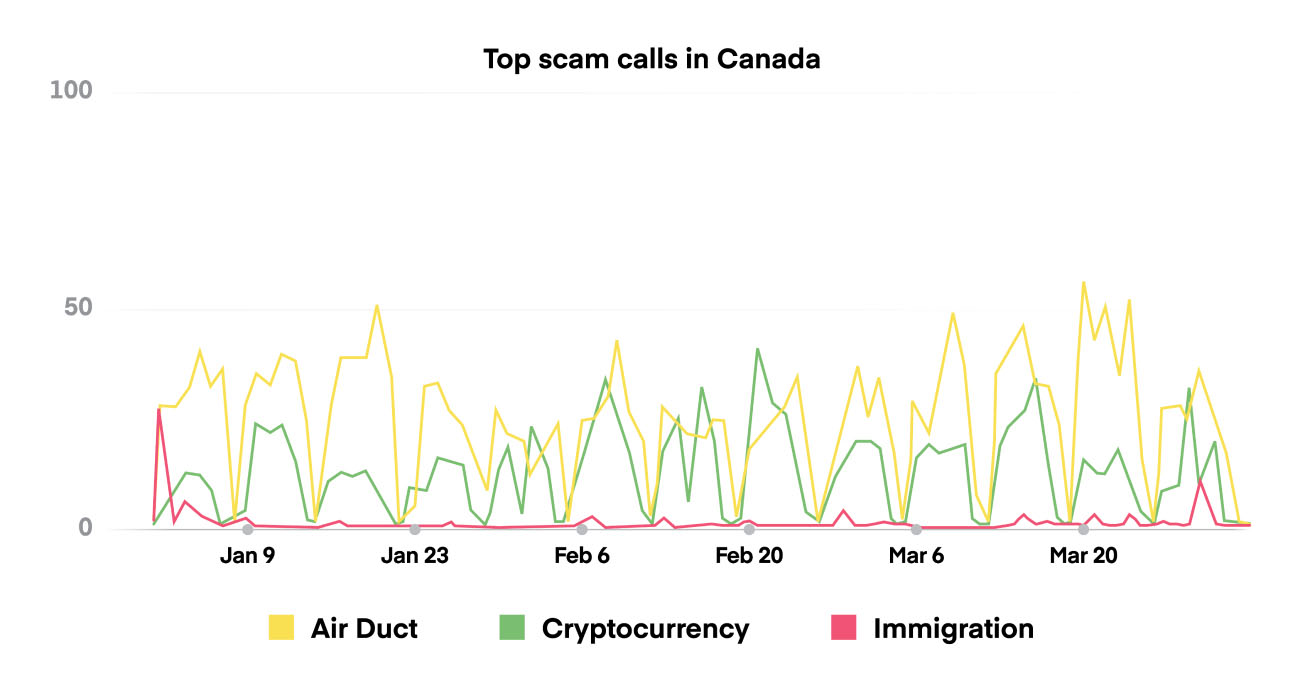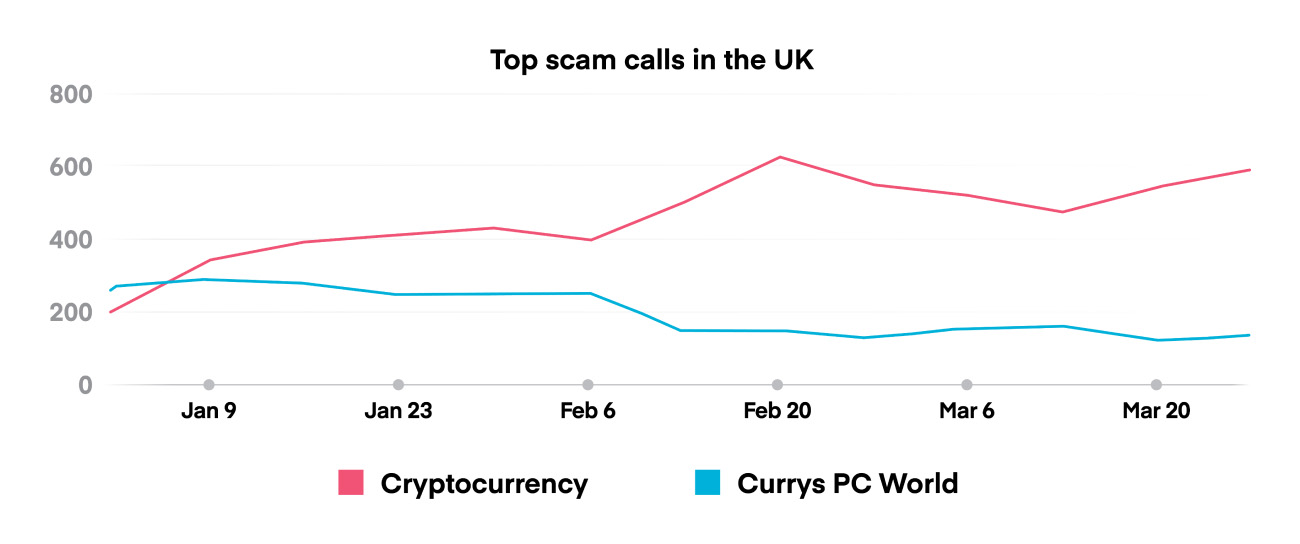@2x.jpg)
No country is immune from phone spam. In Q1 Hiya observed 6.7 billion spam calls worldwide — that’s more than 73 million calls every day.
That’s one of the findings from the just-published Q1 2023 Global Call Threat Report from Hiya. The report reveals that one in four unknown calls worldwide (24.9%) is either a spam or fraud call. And that’s just the average. In some European countries more than 40% of calls received from unknown callers are spam. In the Americas, Chile tops the list with a 54.9% spam rate, and in the Asia-Pacific region Indonesia leads the world with a 55.6% spam rate.
Download the Q1 2023 Global Call Threat Report
Defining spam
The report looks at phone spam rates in 38 countries around the world. For each country, the report calls out:
- Spam rate (all unwanted calls from non-contacts)
- Fraud rate (malicious calls intended to steal money or private information)
- Nuisance rate (calls that are annoying but not illegal)
The spam flag rate represents calls that Hiya has identified and flagged as either fraud or nuisance. Spam ratios represent the number of unwanted calls from “non-contacts,” or calls placed from numbers that are not in an individual’s local address book.
Key findings
Here are some key findings from various countries highlighted in the report:
- United States: The spam and fraud rate decreased from 34.9% in the previous quarter to 25% in Q1. The top phone scams reported in the US were fraudulent calls about Medicare, insurance, and mortgage products.

- Canada: Canadians receive half the spam and fraud calls that US consumers do, yet they experience a higher percentage of fraud calls — 6.3% compared to .73% in the US. The top scams in Canada in Q1 were related to air duct cleaning, cryptocurrency trading, and immigration scams.

- United Kingdom: The UK continued to have the highest fraud call rate in Europe in Q1. Thirty percent of unknown calls in the UK in Q1 were flagged as spam, and of those 13% were fraud — the highest proportion of fraud in Europe. Common scams related to cryptocurrency trading and sales of fraudulent mobile phone devices and contracts.
- France and Spain: In Q1, France and Spain led Europe with the highest spam and fraud rate. In Spain, 46.3% of unknown calls were flagged, and France was not far behind at 43.2%. Both markets were up from the previous quarter, and those were the highest rates of unwanted calls in Europe. Spain also had the third-highest rate of fraud calls of any European country.
- Asia-Pacific: Indonesia had the highest rate of unwanted calls in the world: 55.6%. Spam rates in other Asia-Pacific countries included Hong Kong at 49.6%, the Philippines at 25.7% and Australia at 24.7%. Hong Kong had the highest rate of phone fraud in Asia-Pacific at 9.6%, followed by Turkey at 8.3%.
“Sadly, phone spam and fraud is rampant across nearly every country and costing people and companies billions of dollars, and degrading consumer trust in the phone call,” said Kush Parikh, President at Hiya. “Carriers must focus on improving the security and privacy of voice channels to protect subscribers and win back trust.”
Methodology
This is the second quarter in a row Hiya has published a Global Call Threat Report, which not only compares spam and fraud call volumes in various countries throughout the world, but also reveals the most common scam tactics across countries.
Data in the report is based on a representative sample of calls observed during Q1 2023 on the Hiya Voice Security Network, which includes Samsung Smart Call enabled devices and the Hiya mobile app.
How to fight back against spam calls
Consumers worldwide do not have to put up with a constant bombardment of spam calls. Fortunately, there is technology that can help people fight back against spam and fraud calls.
Carriers can add Hiya Protect, a complete call protection solution that enables carriers to protect their subscribers by blocking and labeling spam calls, and helping them identify wanted calls. Hiya Protect goes beyond simply identifying “spam likely” phone numbers. It uses Adaptive AI, a proprietary multi-layer approach that analyzes the phone number, call characteristics, the call recipient, and even the calling enterprise’s history across all numbers used.
Enterprises can help their customers feel safe answering the phone by adding Hiya Connect, which enables businesses to display their company name, logo and reason for the call on the recipient’s mobile phone.
Individuals can check with their phone carrier to see if it offers any spam blocking capabilities. If not, ask your carrier to consider adding Hiya Protect.




